2023 baseline study
State of Food Waste: nationally representative study
The first step to food recovery is answering the “who, what, when, where, and why” of wastage. Though almost half of all food waste occurs in the home, most food waste studies are too broadly oriented to provide the depth of data on household food waste patterns we need to gain a clear picture of the problem. Our goal was to address this gap through a nationwide study and survey.
In partnership with Gallup, a leader in reliable survey research, we designed and deployed a survey to measure knowledge, attitudes, and behaviors surrounding food waste in American households.
We inquired about shopping and food preparation habits, gauged the impact of different motivators on saving or wasting food, and approximated weekly waste amounts by food type.
Over 9,000 Americans from across the nation responded to our survey, with a subset of 257 additionally participating in a weeklong daily diary study in which daily waste was logged using the MITRE Food Waste Tracker App.
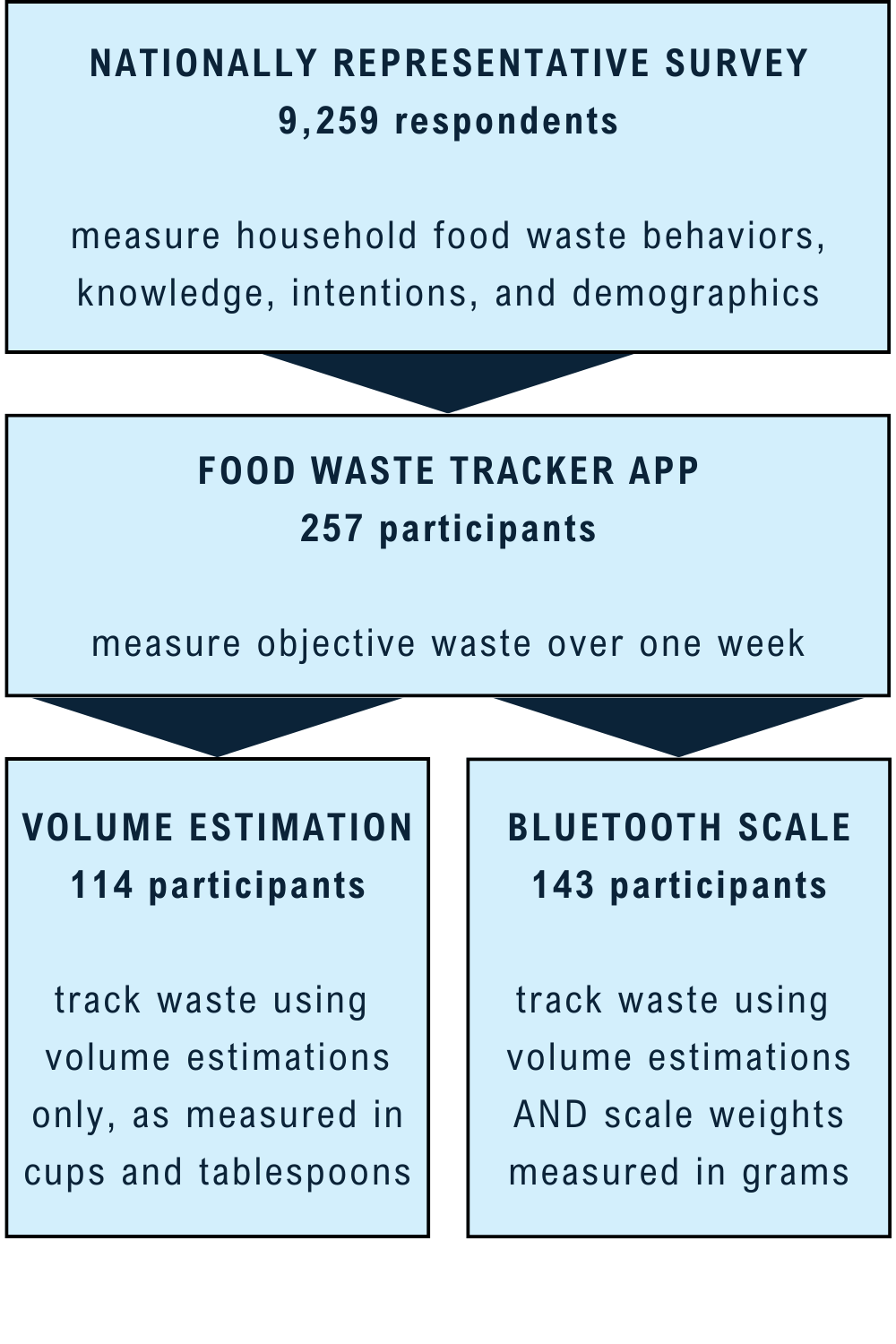
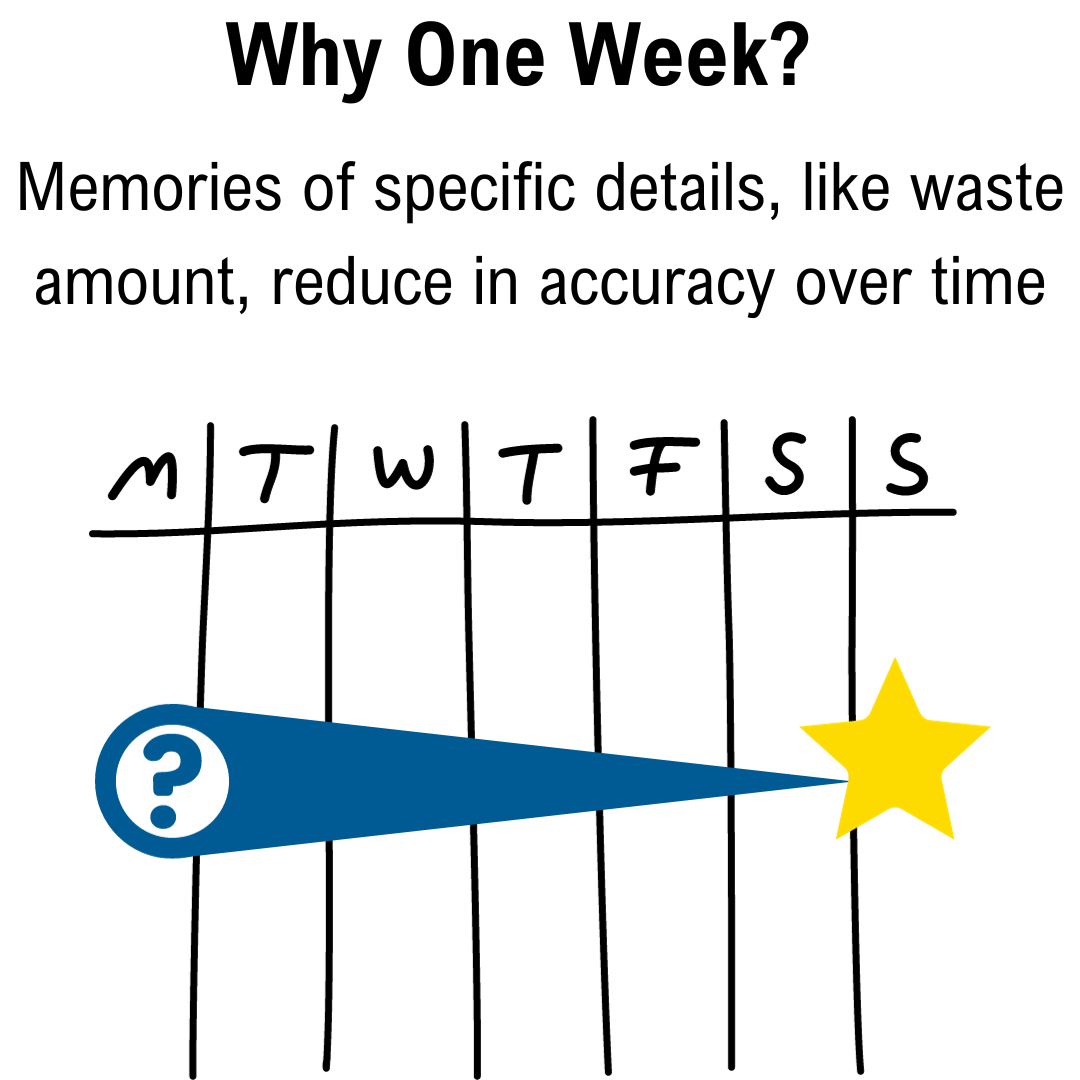
Understanding the characteristics and behaviors associated with high levels of household food waste will help to identify opportunities to divert food from landfills and allow us to better focus future resources into effective waste reduction strategies.
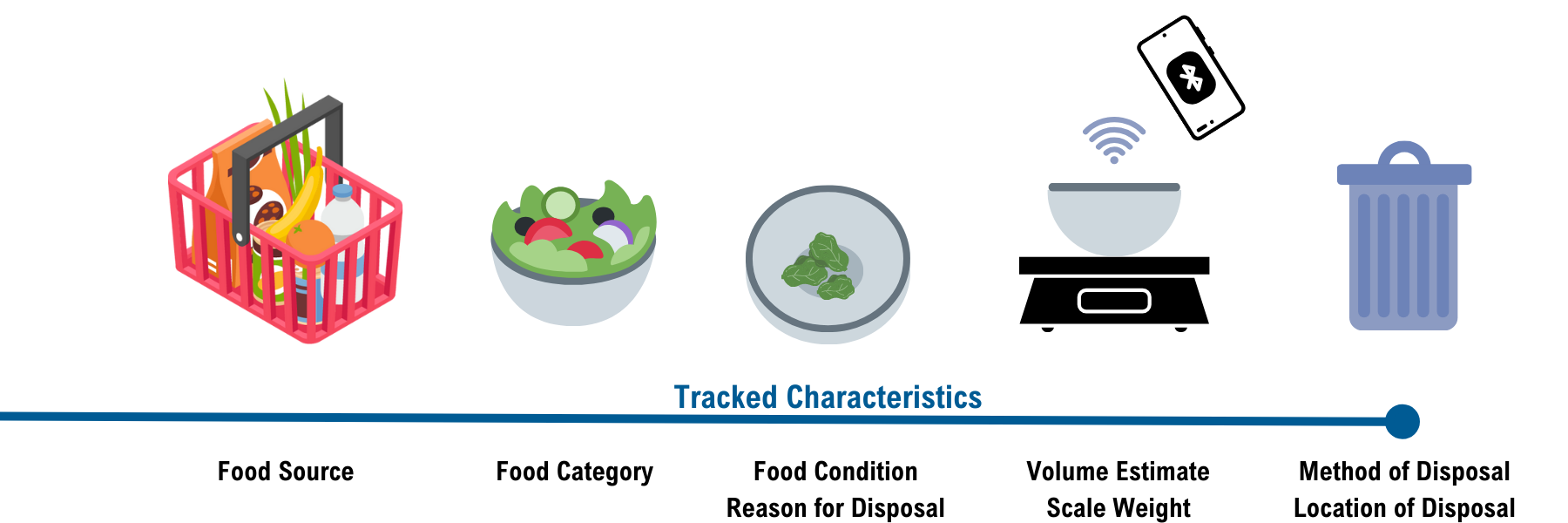
Defining Household Food Waste
Consider redirecting edible excess to families in need through food donations!
Feeding hungry people ranks among the EPA’s most preferred food recovery solutions.
Key Insights
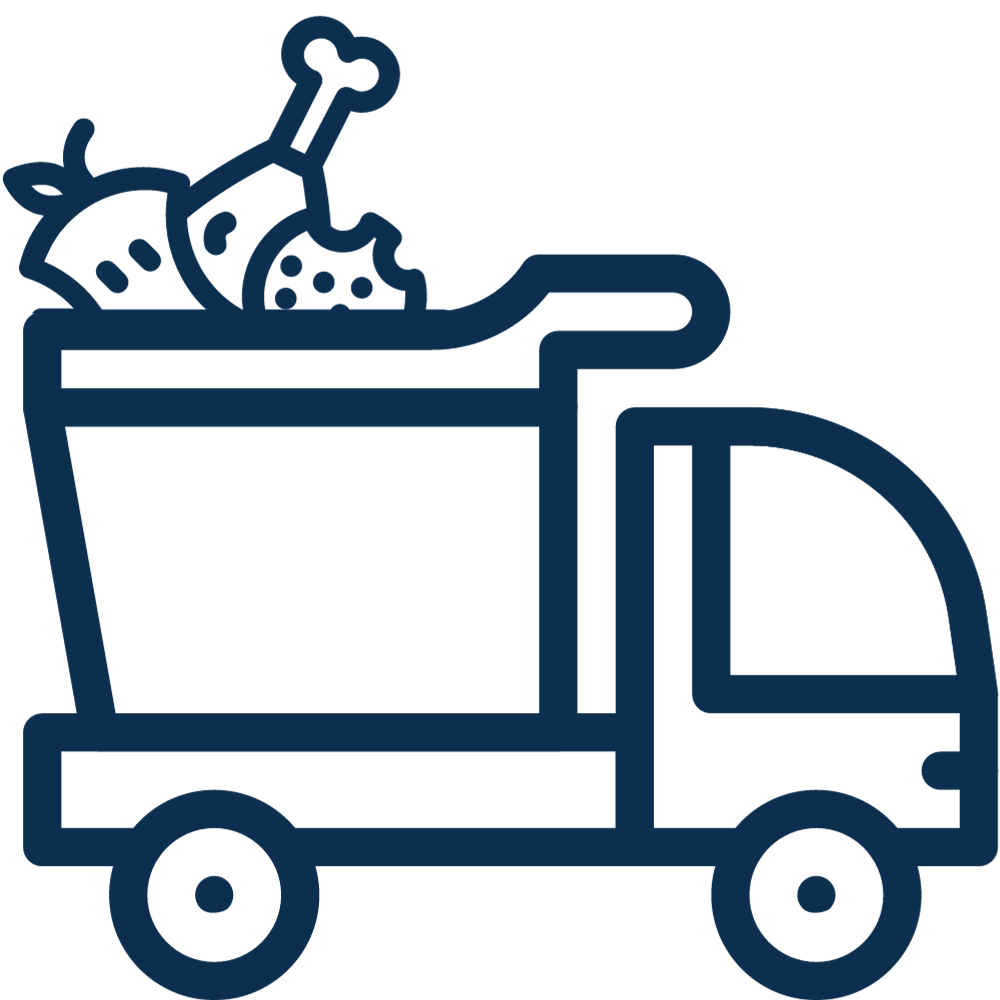







How Much DOes Your Household Waste?
Has this research left you wondering how much food your household wastes? MITRE developed a Food Waste Tracker app, available Android and iOS devices, that you can use to easily track your household food waste. Get weekly insights into your household waste patterns through visualizations summarizing your food disposals, in addition to the approximate cost-saving opportunity of better utilizing your ingredients and leftovers.
Try it out and see how you compare to MITRE/Gallup study participants!
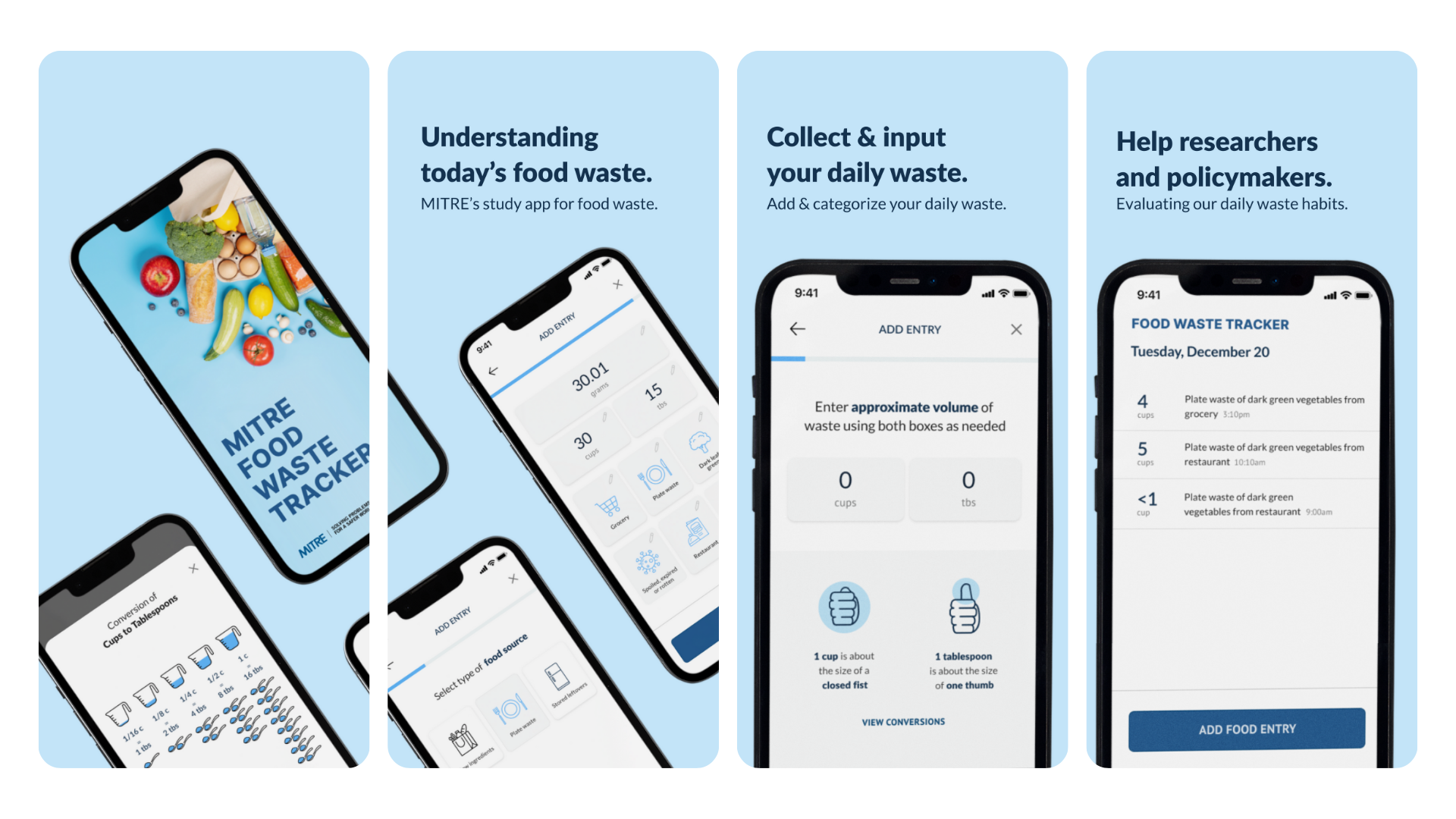
Downloads
Full Report
This 2023 report presents findings regarding food waste patterns across the United States, in order to serve as a baseline of national waste levels.
Survey Data
Survey responses from n=9,259 respondents: demographics, food waste amounts, behaviors, attitudes, knowledge, state level waste estimates.
App Data & Report
User data from n= 450 participants utilizing the MITRE Food Waste Tracker App, including food waste amounts, characteristics, and disposal factors.
Questionnaire
2023 survey questions and response options developed in partnership with Gallup and distributed to Gallup Panel members.
Pre-Survey Communication
Communication sent in the week prior to the survey as a reminder to participants to be taking note of their household’s food waste output throughout the week.
Visualizations
Graphics depicting the state of food waste. Free for public use, with credit to MITRE | Gallup: The State of Food Waste Report, 2023.
